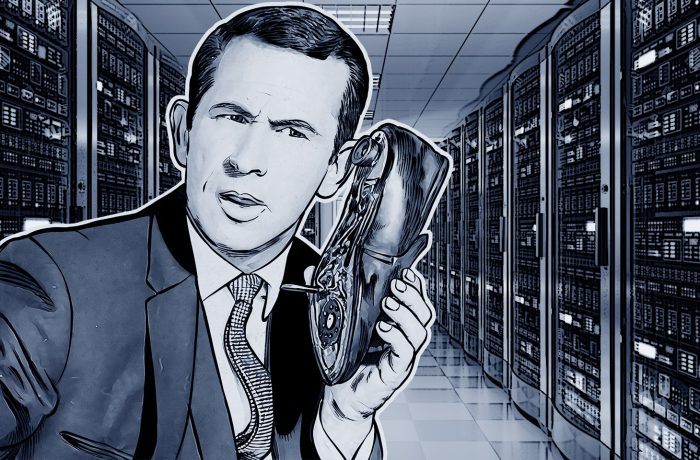Every company that reaches a certain threshold has to face the challenge of transformation. That threshold might be reaching a certain revenue — for example, surpassing eight figures. At this point, technology companies have two ways to go.
The first is to drive average revenue per user upward. When you have reached a customer-base plateau, attracting more customers becomes too costly, so it makes sense to offer more value to existing customers through additional features, options, and so forth. Doing so requires having a good feedback channel; without hearing from your customers it’s impossible to understand their pain points and offer solutions.
“It’s important to build a channel for receiving feedback on your product” — Nikita Shvetsov #KLSMBGuide
Tweet
That approach also requires a significant investment in development, and you may eventually reach a point where the investment simply does not pay off. The payoff doesn’t increase infinitely.
The second approach is to be disruptive, developing something different. For example, a company that makes cars could start making motorcycles — or electric vehicles, maybe autonomous as well. It’s a serious move that requires reconfiguring the production cycle and, basically, developing a new business.
But disruptions don’t just happen out of the blue. When talking with customers and understanding their needs, you may come to a point when the customer will request a “fork that is round.” Sometimes, if you just do what the customer wants (some may call this good customer care) you miss an important indicator — in this case, that what your customer needs is a spoon.
That’s what makes Kaspersky Lab an interesting business case. We’re constantly in the process of disruptive development through endless engagement with our customers. We don’t just listen, though — we educate our customers about the threat landscape. After each discovery our GReAT experts make, we have to make sure our customers know about the dangers and how those dangers may affect them. Essentially, the time when our customers could use “forks” to toss away small amounts of malware is long over, and today our “spoons” are well-automated with cloud-enabled machine learning techniques.
Enterprise sales is not about solutions; it is about partnerships.
One of the biggest misconceptions of the midsize companies that we had to overcome, was that selling to enterprises is similar to selling to SMBs. We’ve been selling our antivirus as a commodity for quite some time, and we saw that some enterprises were enjoying it. But we didn’t really understand their needs until we started treating our enterprise customers as partners rather than simply as buyers.
Our Ferrari partnership is an excellent example of how a partnership can transform a product line. Through this partnership, we’ve learned how to better protect Ferrari’s car-making infrastructure, something no other competitor was able to come up with in time. Now, using that experience, we can scale our transportation system solutions to other automotive vendors — and even beyond, to the car itself, through cooperation with AVL.
Another example is information security for financial organizations. Five years ago, we started talking with banks about their needs, and besides educating them about cyberthreats, we also learned their specific terminology. As a result, we now have a business division dedicated to providing information security specifically for financial organizations.
In both cases, we brought loads of cybersecurity experience to the enterprises but little knowledge of their business specifics. While educating them about cyberthreats, we listened to them and learned about their goals and obstacles, and that’s how we came up with new solutions.
And that’s what you can do, too.
 #tips
#tips

 Tips
Tips